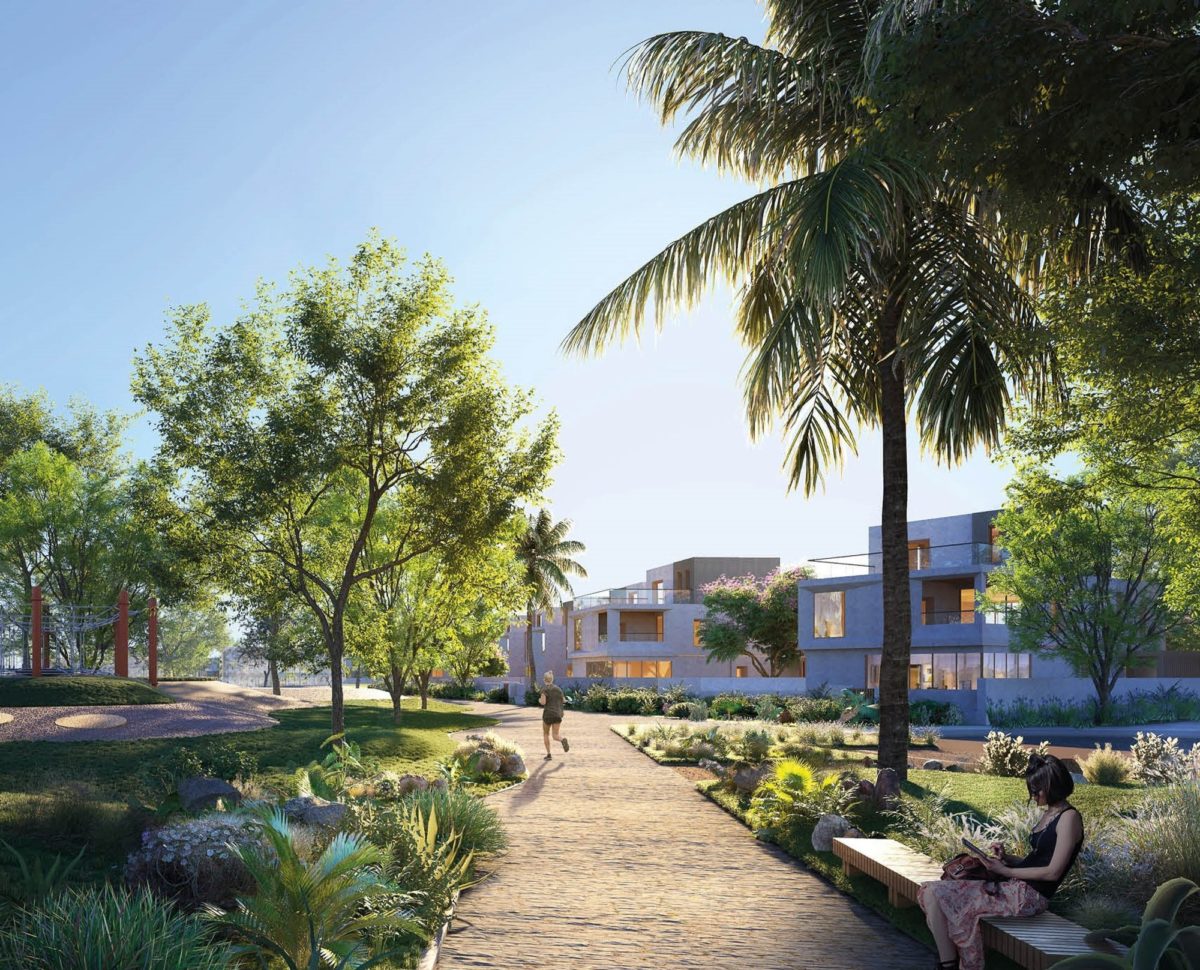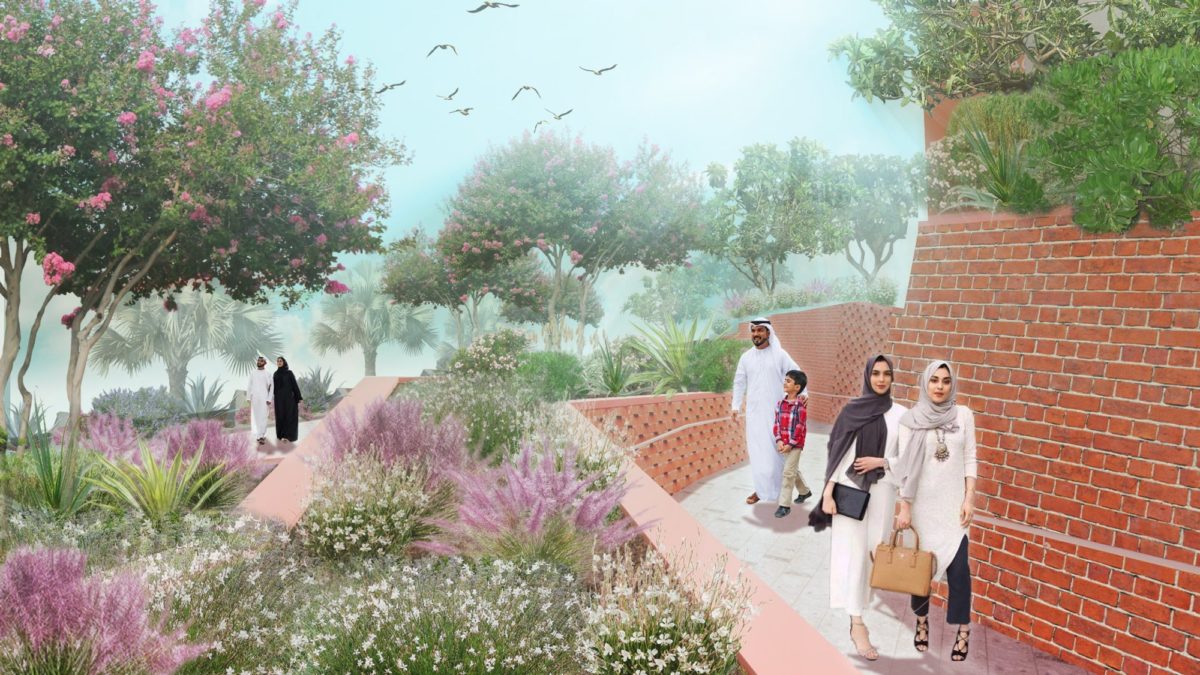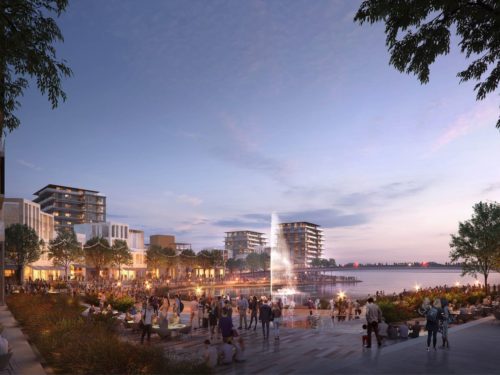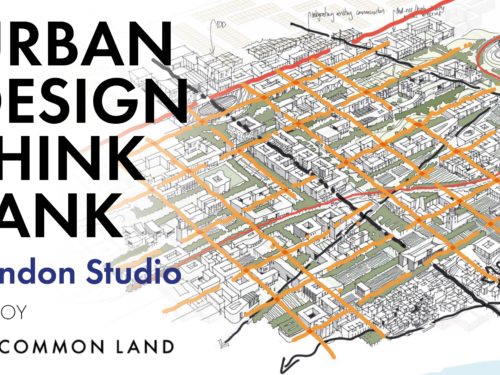Approximately 30% of the Earth’s land surface area is classified as ‘arid’, with this figure set to rise as the climate crisis deepens. So, how do we enable balanced, healthy outdoor lifestyles in such challenging climates? The answer, says Simon Grimbley, Director at Uncommon Land, lies in a symbiosis of architecture and carefully considered landscape.
As temperatures soar in London, people are reaching for shade.
But in parts of the world such as the Arabian Peninsula, opportunities to spend time outside are more limited. And with sweltering heat forcing people indoors for much of the year, the potential for sedentary, inactive and unhealthy living increases. Overcoming this challenge has become a major priority in the region.
Creating vibrant, habitable places
At Benoy Landscape Architecture, through our extensive work in the Middle East, we’ve spent a lot of time devising creative landscape solutions for arid climates.
Our first step is to improve and promote thermal comfort. Looking to influence the region’s milder‘shoulder months’, we design landscape interventions that help to cool and control the local environment, creating microclimates that are conducive to human activity and outdoor living.
These interventions begin early, at the masterplanning stage, where collaboration between landscape, urban design and architecture is critical. In particular, we explore options for shade creation in the built environment, using tight streets, courtyards, pergolas, squares and colonnades to create passive shading. These measures offer respite from the heat of day and mitigate the‘urban heat island effect’.
We then layer in landscape elements such as water features and softscaping to cool the air through evaporation and transpiration, respectively. Deep, moving and shaded water features provide optimum ambient cooling, while misters can help to reduce dry heat. Tall trees, combined with low vegetation, enhance shading and ventilation and minimise solar radiation. We also work with prevailing winds to encourage constant airflows through urban centres.
A fine balance
The principal challenge is one of balance. By taking a ‘right plant, right place’ approach, it’s possible to select native or arid-adapted plant species that require less water and reduce the overall irrigation load. The use of recycled water, grey water and TSE for irrigation purposes also minimises the impact of projects in an already water-stressed region. Ultimately, the job of landscape architecture is to activate the‘spaces in between’ and react to the nuances of site, climate, geography and architecture, to promote wellbeing by enabling people to enjoy outdoor environments.







